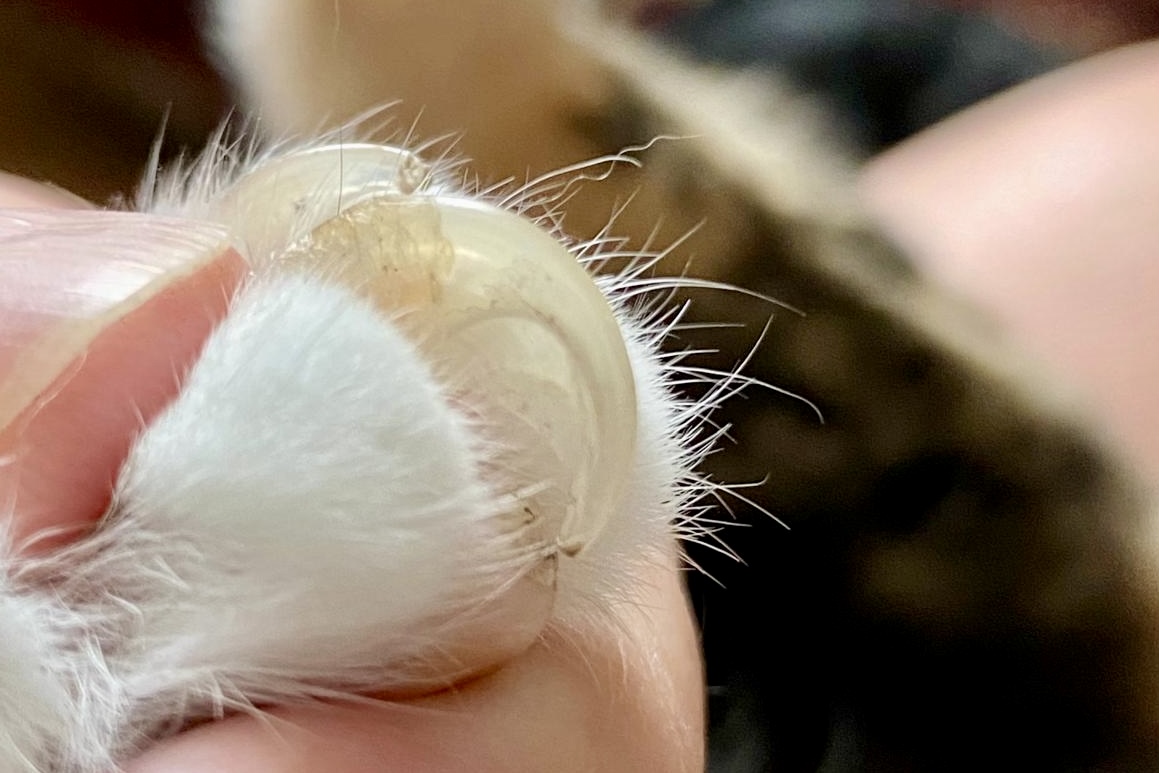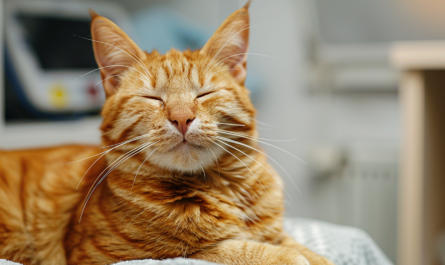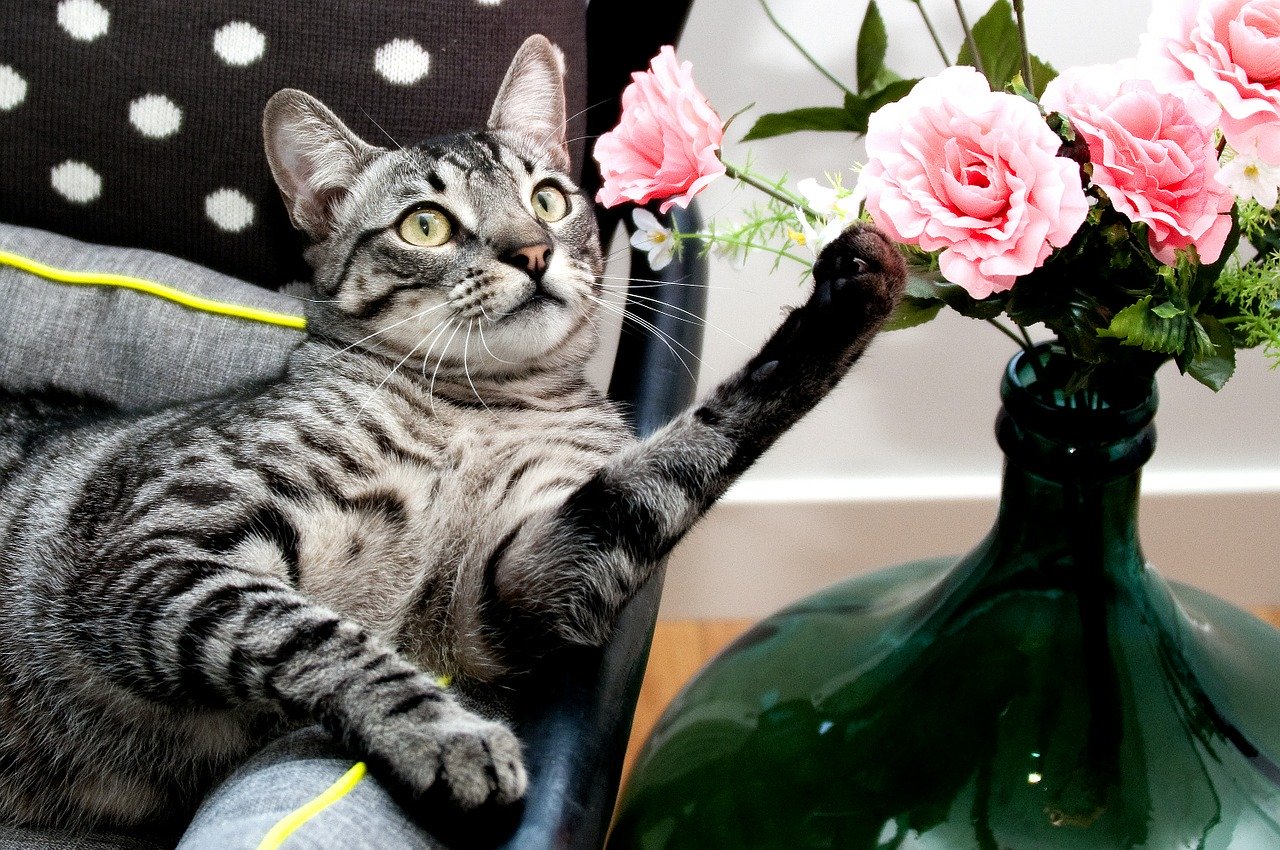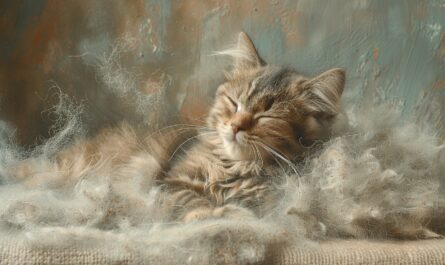Today, we’re tackling a topic that might make your kitty’s toes curl: overgrown claws! 🐾
Why Keeping an Eye on Claws is Essential!
Cats are phenomenal creatures, equipped with all the tools they need for expert-level lounging and precision pouncing. Their claws— without proper care—can sadly become more of a curse than a blessing. That’s right, if neglected, those sharp little daggers can curl right back into their delicate toe beans, causing pain and a host of other issues. Ouch!
The Curious Case of the Curling Claw
Here’s the scoop: cat claws are naturally growing keratin marvels, just like human nails. And just like us, if a cat’s claws aren’t cut, or worn down through regular activity (think scratching posts or outdoor adventures), they keep growing. In older or less active cats, this can lead to claws that resemble curly fries, spiralling back into the poor paw pads.
The Lowdown on Locking Down Those Loopy Claws
Keep your cat’s claws and paws pain-free:
- Regular trimmings: Make claw clipping a routine. Aim for a trim every few weeks, but always be cautious not to cut into the quick—the pink, nerve-filled part of the claw. Not sure how? Your vet can show you the ropes, or even take care of it for you, often free of charge.
- Invest in a scratching post: Encourage natural claw care with a scratching post. Cats love to stretch and scratch, and these posts provide the perfect outlet for both. Plus, they may even save your furniture from being shredded.
- Playtime is key: Engage your cat in play. This not only keeps them active, staves off boreddom, but also helps wear down their nails naturally. Laser pointers, feather wands, and ball chasers can be great for getting those claws out!
- Senior cat considerations: Older cats might not be as eager to scratch or might suffer from arthritis, making it harder for them to maintain their claws. Keep an extra close eye on their paws and if you need further guidance, consult with your vet for the best care strategy.
- Monitor and inspect: Make it a habit to check your cat’s claws regularly, especially if they are indoor pets or older. Remember to check the dewclaws/thumbs too. Early detection of overgrowth can prevent a lot of pain and vet visits.
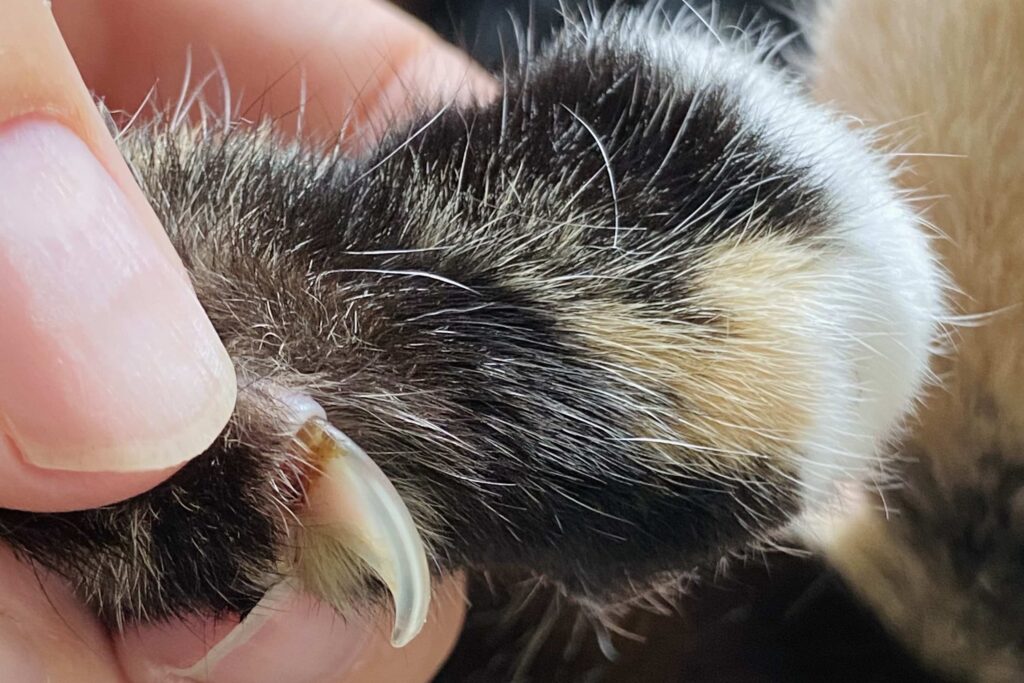
What Happens if You Neglect the Nails?
Ignoring your cat’s claw care can lead to a variety of problems:
- Pain and infection: As the claw grows into the paw pad, it can cause pain, infections, or even permanent damage if left untreated.
- Mobility issues: Overgrown claws make walking and jumping uncomfortable, which can discourage essential exercise and play.
- Behavioral changes: A cat in pain is likely not a happy cat. You might notice changes in their behaviour; they might become more withdrawn or show signs of aggression.

